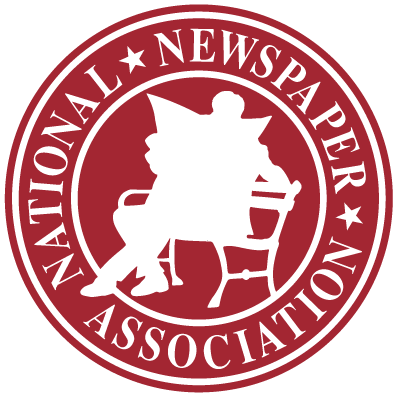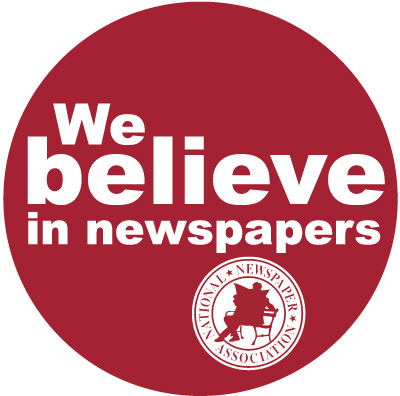'Cross at Ground Zero:' History lesson or state religion?
Aug 8, 2014
By Charles C. Haynes
Inside the First Amendment
At a time when Americans are deeply divided over the meaning of “separation of church and state,” a ruling from the 2nd U.S. Circuit Court of Appeals last week provides a much-needed case study in how the First Amendment’s Establishment Clause is supposed to work.
In a unanimous decision, the three-judge panel dismissed a challenge by atheists to the display of a cross-shaped beam at the National Sept. 11 Memorial and Museum at Ground Zero in New York City.
As the court explained, “the Establishment Clause is not properly construed to command that government accounts of history be devoid of religious references.”
The First Amendment, in other words, separates church from state — but not religion from public life.
I suspect many readers share this understanding of “separation.” But growing numbers of Americans — especially constituents of groups like American Atheists and the Freedom From Religion Foundation — apparently believe that any mention of religion in government settings is a violation of the Constitution.
The lawsuit in this case — American Atheists, Inc. v. Port Authority of New York and New Jersey — began in 2011 as an attempt to keep the 9/11 National Museum from displaying an artifact popularly known as “The Cross at Ground Zero.”
The object at the center of the controversy is a 17-foot steel column and cross-beam recovered from the rubble by construction workers in the aftermath of the terrorist attacks of September 11, 2001. Erected on a platform near the recovery site, the cross-shaped artifact became a symbol of hope and a worship site for workers and others gathered at Ground Zero.
After a federal district court refused to block inclusion of the cross-shaped structure in the 9/11 National Museum, American Atheists conceded that the object was an historic artifact worthy of display — but argued on appeal that it would be unconstitutional to include it without also displaying a plaque acknowledging that atheists were among the victims and rescuers on 9/11.
In rejecting the atheists’ challenge to the display and demand for equal time, the appeals court panel took the opportunity to give a primer on the meaning of government “neutrality” under the First Amendment.
Yes, the Establishment Clause requires that government remain neutral among religions — and between religion and non-religion. But for constitutional purposes, neutrality doesn’t mean ignoring religion or, in this case, leaving religion out of the story.
Government-funded museums may not, of course, erect displays intended to promote or denigrate religion. Inclusion of religious artifacts (or objects viewed as having religious meaning) must have a secular or educational purpose.
The many religious paintings, altarpieces and other religious objects in the National Gallery of Art in Washington, D.C., for example, have profound religious content and may have been used at one time for devotional purposes. But they are now part of a secular museum, displayed to convey the history of art. Remove religious images and objects from the West Wing of the National Gallery, and the place would be nearly empty.
Similarly, exhibits at the 9/11 National Museum have an obvious secular purpose: They document the history of the terrorist attacks and the rescue efforts that followed. The Cross at Ground Zero is a significant part of that story. Leaving this object out would not only be incomplete history; it would signal hostility to religion that could itself be viewed as a violation of the First Amendment.
The cross-shaped artifact is in the “finding meaning” section of the museum, included among some 1,000 objects associated with ways — religious and nonreligious — in which people sought to make sense of the attacks.
The description accompanying the cross-shaped structure tells the story of its recovery from the wreckage of the Twin Towers and how many viewed it as a religious sign of hope. What was once an object of devotion has become, in the context of the museum, an historical artifact.
The court also rejected the demand for a plaque about atheists and 9/11. Government neutrality under the First Amendment doesn’t mean equal time or balanced treatment for all faiths and beliefs; it requires only that the exhibits represent the history of the event without either promoting or denigrating religion.
Of course, if there were a 9/11 artifact related to atheists, it would violate the principle of neutrality for the museum to leave it out.
But no such atheist-related object exists and the First Amendment doesn’t require the museum to manufacture an artifact about atheists that isn’t part of the history of the attacks and recovery.
The Second Circuit got it right. The First Amendment ensures government neutrality in matters of faith, but doesn’t prevent publically funded museums or any other public institution from telling a story that needs to be told.
Charles C. Haynes is director of the Religious Freedom Center of the Newseum Institute, 555 Pennsylvania Ave., N.W., Washington, DC 20001. Web: religiousfreedomcenter.org Email: chaynes@newseum.org.







